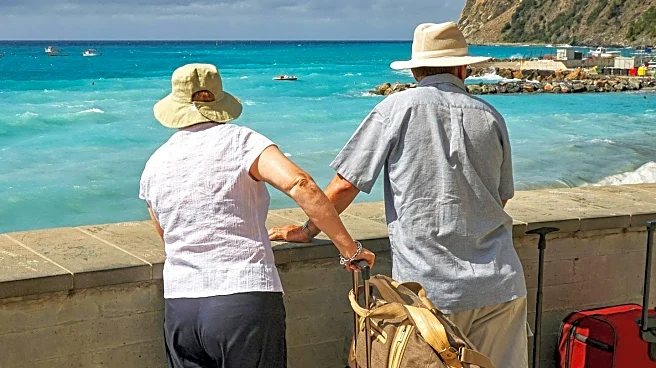What's Happening?
Dark tourism in Singapore is gaining popularity, with tours exploring sites linked to death, disaster, and tragedy. These tours often blend historical facts with folklore, attracting participants interested in ghost stories and urban legends. Locations such as Fort Canning, the Kranji War Memorial, and Changi Chapel and Museum are among the sites visited. The tours are organized by travel agencies and walking tour groups, offering insights into Singapore's history and cultural beliefs. The phenomenon of dark tourism is driven by curiosity and the desire to remember historical events, with the global market expected to grow significantly in the coming years.
Why It's Important?
Dark tourism provides an opportunity for people to engage with history and cultural narratives in a unique way. It can foster a deeper understanding of past events and their impact on society. In Singapore, these tours highlight the country's rich and tumultuous history, offering a blend of education and entertainment. However, dark tourism also raises ethical concerns, as it involves visiting sites associated with human suffering. Responsible tourism practices are essential to ensure respectful engagement with historical contexts and to honor the memory of those affected by tragedies.
Beyond the Headlines
The rise of dark tourism reflects a broader trend of seeking immersive experiences that connect people to history and culture. It challenges traditional notions of tourism by focusing on sites of tragedy and horror. This trend may influence how historical sites are preserved and presented to the public, emphasizing the importance of storytelling and cultural interpretation. As dark tourism continues to grow, it may lead to increased collaboration between tour operators, historians, and cultural experts to ensure accurate and respectful representations of history.











